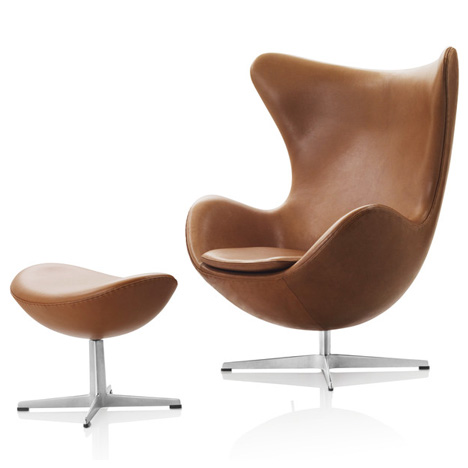
Is Copenhagen the new Milan?
As Italy's furniture industry struggles to bounce back after the recession, has Copenhagen regained its place as Europe's design capital? Dan Howarth investigates.
During the 1950s and 1960s, furniture enthusiasts from all over Europe and America flocked to Copenhagen to preview designs by Modernists Hans J. Wegner, Arne Jacobsen, Poul Kjaerholm and Finn Juhl - the old masters. Now Danish design is flourishing again.
Work by these designers has recently returned to the fore as the 100th anniversaries of their births have been celebrated.
Carl Hansen and Son, PP Møbler and Republic of Fritz Hansen are reissuing old designs and putting previously unseen designs into production. For the 100th anniversary of Hans J. Wegner's birth this year, Carl Hansen and Son has started production on a wood and steel chair designed in 1955 and has also adopted the logo Wegner designed for the brand in 1950.
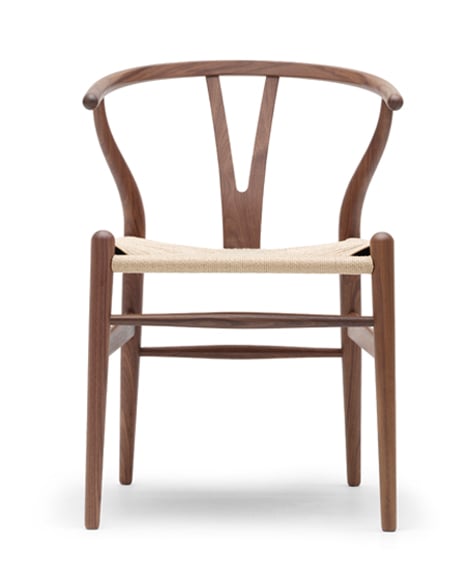
Danish design expert Christian Holmsted Olesen, who has curated an upcoming exhibition of work by Wegner at Copenhagen's Dansk Design Museum, was one of the first to recognise the resurgence. "Here at the museum we have been experiencing it for 15 years now," he said. "It started with the anniversary in 2002 when Arne Jacobsen would have been 100. Since then Danish design has been very popular again."
While these grand masters are enjoying as much success now as they were in the mid-twentieth century, new Danish companies have also sprung onto the scene during the last decade and are fast becoming as popular.
The furniture by the masters is targeting the international luxury market, but brands including Hay, Muuto, &tradition, Normann Copenhagen and Menu are producing more affordable furniture. "[These] are all new brands, maybe ten years old, and their concept is to make Danish or Scandinavian design in the known style but a lot cheaper," said Holmsted Olesen. "I think that's the reason for their success, because a lot of the Danish design has become too expensive."
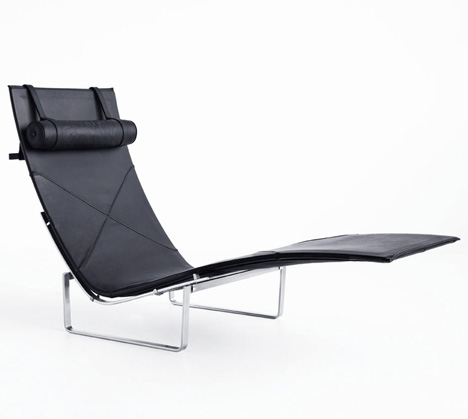
Starting a new company in the shade of such a cultural heritage wasn't easy, said Hay cofounder Rolf Hay.
"It had limitations, coming from a culture with such a strong background because in the beginning we were compared to these architects," Hay told Dezeen.
"'Why do a new chair when Arne Jacobsen already did the best chair in the world?' It was really a struggle to get out of the shadows of the masters, but perhaps it was healthy to be challenged," he continued.
Hay revealed that inspiration for the company's concept of collaborating with international designers actually came from Italy. Hay had previously worked with Danish firm Gubi selling designs by Milanese brand Cappellini.
"Cappellini brought the whole world to Italy," said Hay. "It was the first company to work with BarberOsgerby, the Bouroullecs, and it is still working with Jasper Morrison."
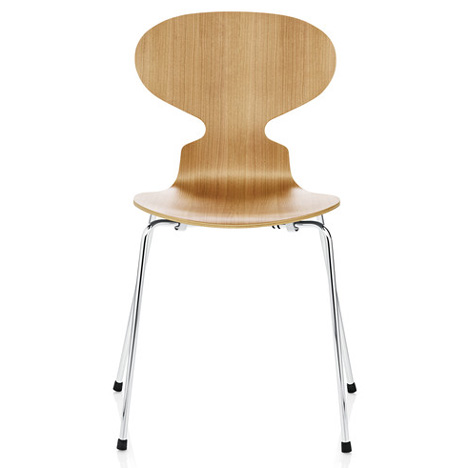
Hay realised that cost was an issue for Cappellini and saw a gap in the market for similar products with more reasonable price tags: "There was a large group of people who appreciated Cappellini but could not afford it, so that was a starting point for our company. If we could do products on a very high design level but for an affordable price then there would eventually be a market there."
Hay's recent collaborators include British designer Sebastian Wrong, French duo Ronan and Erwan Bouroullec, and Dutch studio Scholten & Baijings - see our interactive slideshow of the brands' current products.
Other Danish design companies had similar ideas around the same time. This group of contemporary brands that emerged almost simultaneously, aimed at the same high-end low-cost market, are now creating healthy competition amongst themselves.
"In Copenhagen right now it's quite interesting," said Hay. "We're competitors but we have a good understanding and a good relationship with each other."
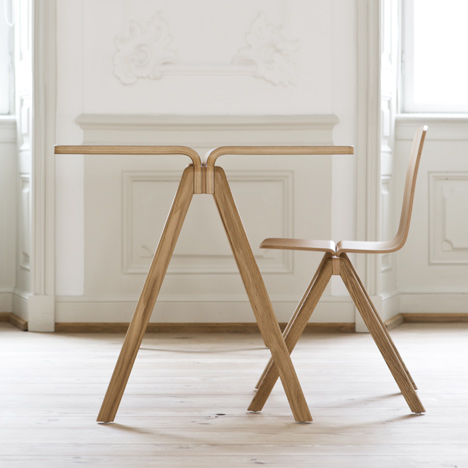
Hay has a theory about why they have survived and even thrived during the recession. "It's maybe not so much about aesthetic, but more about ethic and about business mentality," said Hay. "These companies are good at making products that clients are demanding."
Unfortunately, the same can't be said for Italy. Last year Moroso matriarch Patrizia Moroso declared that Milan is "sitting in the past" and "losing the culture behind production", and former Domus editor-in-chief Joseph Grima was equally full of doom and gloom about the Italian design scene.
The Danish brands' recession-busting success hasn't gone unnoticed by the Italian companies. "I know for example that Vitra is studying what Hay is doing because they cannot understand how these companies are expanding as fast as they are," Holmsted Olesen revealed. "The secret is that they understand that you do not want to pay more than £100 for a chair. They know exactly what the consumer is willing to pay."
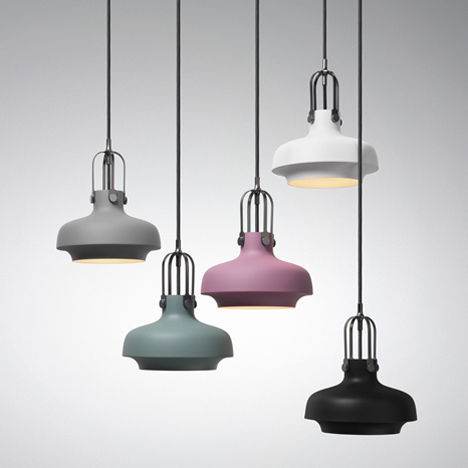
Another factor that could be contributing to the country's success is the help given to up-and-coming designers. Both local brands and the government nurture talent emerging from Denmark's design schools.
Young Danish designers Line Depping and Jakob Jørgensen both contribute to Hay's collections and are also are able to work on their own projects. "We have an agreement that we work for them and have our things in production for them, as well as doing things for galleries and exhibitions," said Depping.
This balance between working on commercial products and experimental pieces creates optimal relationships for the designers and the brand. "[Hay] know that a lot of good ideas come from the freedom that comes from smaller projects," said Jørgensen. "Things can appear that are relevant for them so they definitely support that."
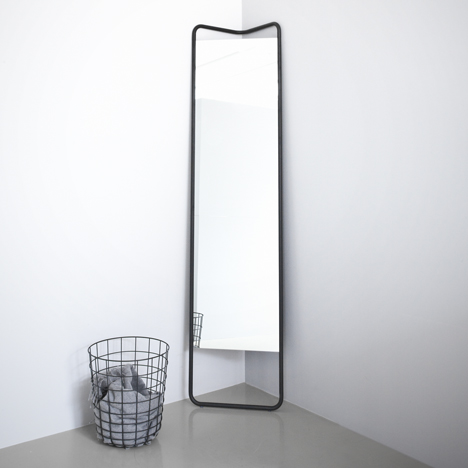
The Danish government also offers a range of grants and financial aids that designers can apply for each year. Further assistance is provided by funded workshop spaces for designers to come and use.
Located in a former warehouse on Copenhagen's waterfront, the Danish Art Workshops provide facilities including workshops for wood, metal, textiles and other materials that artists and designers can apply to use free of charge for short or long-term residencies. This gives them the opportunity to create large-scale pieces that wouldn't fit in their own studios, or use specialist equipment with the assistance of trained technicians.
Additionally, the government supports a different set of designers each year to create pieces for the Mindcraft exhibition in Milan during the city's design week in April. This exhibition promotes notion of craft and focus on quality, something that forms the link through Danish design - from its historical roots all the way to contemporary production.
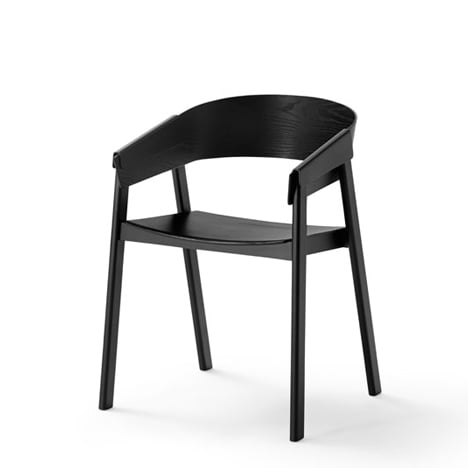
This national design identity is appreciated worldwide and part of this is maintaining and promoting the idea of high-quality products. "Danish design is more about marketing than about products", said Rolf Hay. "All these companies have a high-end design profile but they're good at selling the idea."
An enduring design tradition and history, healthy competition between business-minded brands and continued support for new talent has kept Denmark's industry solid while Italy's appears to be struggling. So is Copenhagen the new Milan?
"I'm going to say yes," proclaimed Holmsted Olesen. "It's possible, we've done it before. In the 1950s everyone came to Copenhagen to see what happened so of course it's possible, if we keep doing it right."